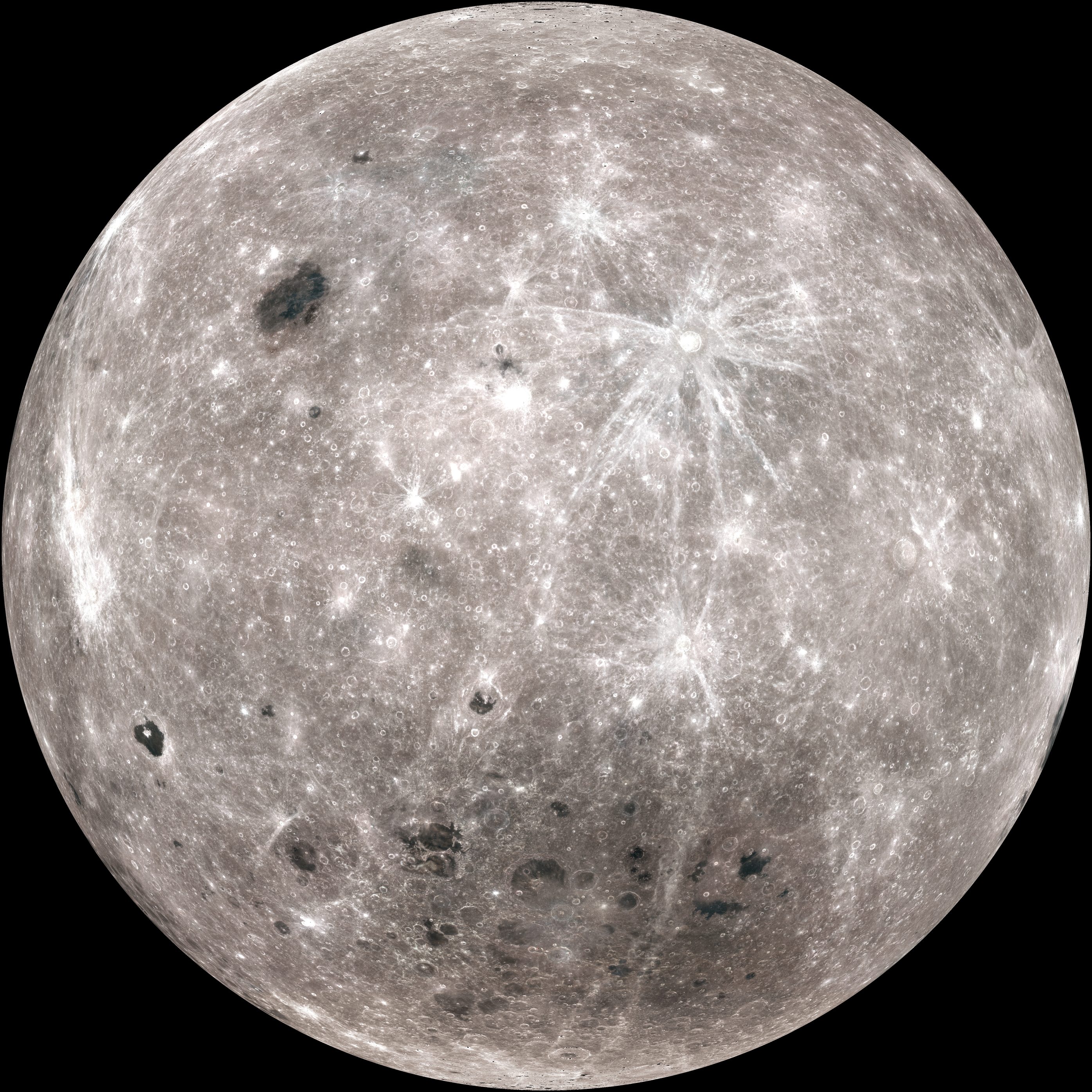
Other side of the moon
The other side of the Moon is illuminated by the Sun in exactly the same way as the so-called course, only you cannot see it from Earth. From our planet it is possible to observe a total (but not simultaneously!) 59% of the surface of the Moon, and to know the remaining 41%, belonging to the so-called reverse side, was possible only using space probes. And you can't see it, because the time it takes for the moon to rotate around its axis is exactly the same as its rotation around the earth.
If the Moon did not rotate around its axis, then the point K (some point chosen by us on the face of the Moon), initially visible in the center of the face, would be on the edge of the Moon in a week. Meanwhile, the Moon, making a quarter of a revolution around the Earth, simultaneously rotates a quarter of a revolution around its axis, and therefore the point K is still in the center of the disk. Thus, at any position of the Moon, point K will be in the center of the disk precisely because the Moon, revolving around the Earth at a certain angle, rotates around itself at the same angle.
The two movements, the rotation of the moon and its movement around the earth, are completely independent of each other and have exactly the same period. Scientists suggest that this alignment was due to the strong impact of the Earth on the Moon over several billion years. The tides prevent the rotation of each body, so they also slowed down the rotation of the Moon until it coincided with the time of its revolution around the Earth. In this state of affairs, the tidal wave no longer propagates across the lunar surface, so the friction preventing its rotation has disappeared. In the same way, but to a much lesser extent, the tides slow down the rotation of the Earth around its axis, which in the past should have been somewhat faster than it is now.
Луна
However, since the mass of the Earth is greater than the mass of the Moon, the rate at which the Earth's rotation slowed down was much slower. Probably, in the distant future, the rotation of the Earth will be much longer and will be close to the time of the Moon's revolution around the Earth. However, scientists at the Massachusetts Institute of Technology believe that the Moon initially moved in an elliptical, rather than circular, orbit with a resonance equal to 3:2, i.e. for every two revolutions of the orbit, there were three revolutions around its axis.
According to the researchers, this state should have lasted only a few hundred million years before tidal forces slowed the moon's rotation to the current 1:1 circular resonance. The side that always faces the Earth is very different in appearance and texture from the other side. The crust on the near side is much thinner, with vast fields of long-hardened dark basalt called maria. The side of the Moon, invisible from the Earth, is covered with a much thicker crust with numerous craters, but there are few seas on it.